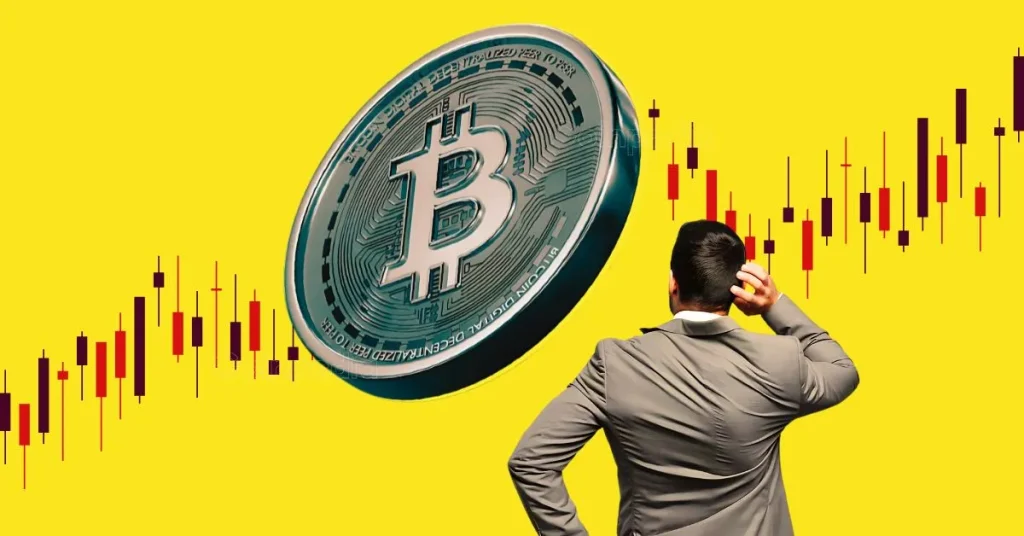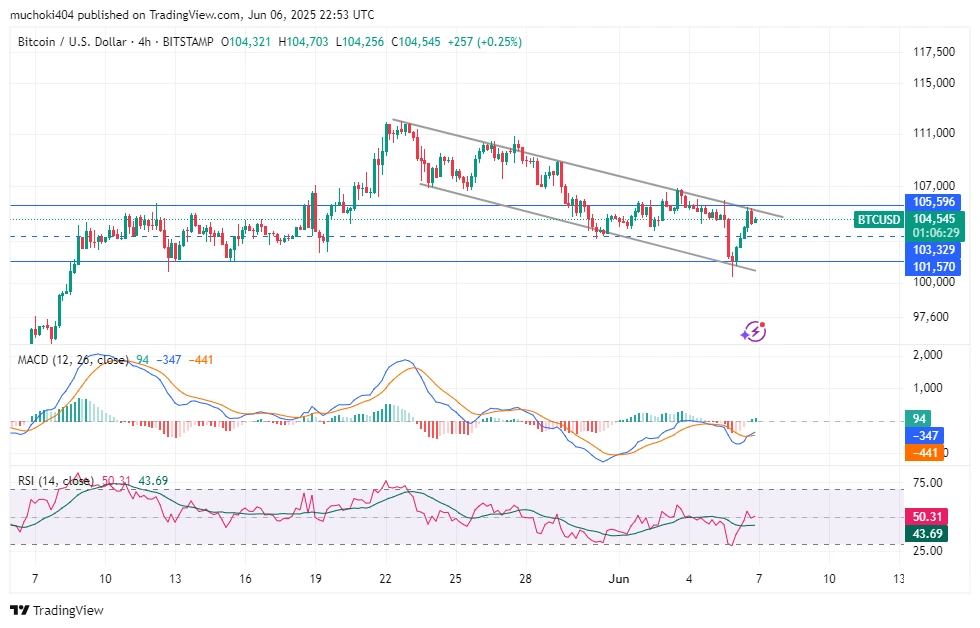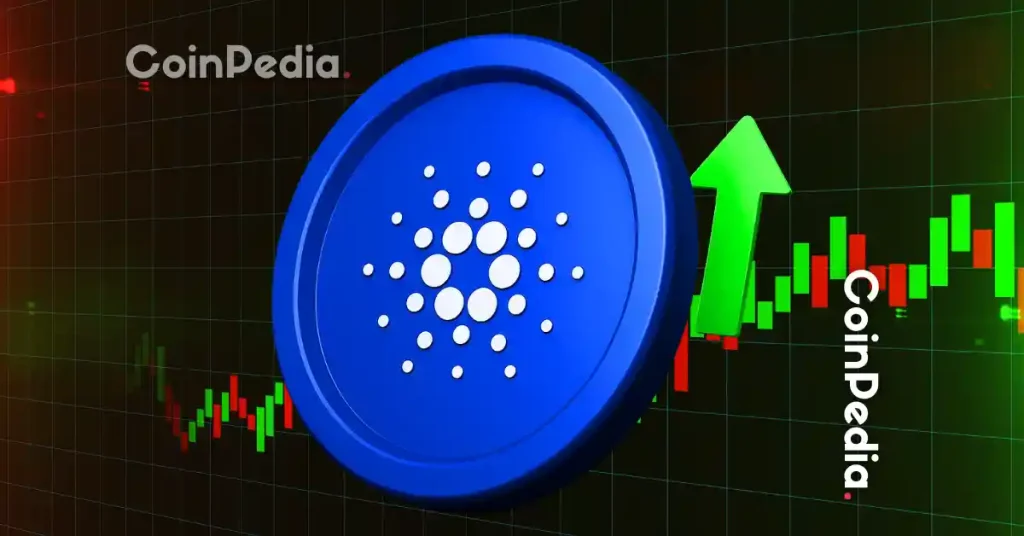
The post Bitcoin (BTC) Price Analysis: Dead Cat Bounce or Full Blown Rebound? appeared first on Coinpedia Fintech News
After a major downfall in the relationship between the two most powerful pro-crypto individuals, Elon Musk and Donald Trump on Thursday, Bitcoin (BTC) has led the wider crypto market in heightened volatility. The flagship coin teased below $101k in the past 24 hours before rebounding from the support level above $101,500 to trade about $104,543 on Friday, June 7, 2025, during the late North American trading session.
Amid the heightened crypto volatility, which caused a significant spike in forced crypto liquidations, the fear of further short-term selloffs remains palpable. Moreover, Bitcoin’s fear and greed index dropped from over 62 percent, suggesting market greed, to about 45 percent at the time of this writing.
What Next for Bitcoin Price?
Since recently hitting a new all-time high of around $111,690, BTC price has been trapped in a short term falling trend. The recent rebound in the past 24 hours confirmed that BTC price continues to move in a symmetrical falling channel.

From a technical analysis standpoint, the BTC price is at a crucial crossroads, which could either mean further correction or a fresh rally toward a new ATH. From the bullish point of view, BTC price has recorded a golden cross in the daily timeframe between the 50 and 200 Moving Average Simple (SMA).
In the four-hour timeframe, the BTC price has been retesting the upper border of the falling channel. With the 4-hour MACD line having crossed the signal line, BTC price may continue with bullish sentiment beyond $106k.
From the bearish perspective, the BTC price has not yet formed any solid reversal pattern after being trapped in a falling channel in the past few weeks. As a result, a potential close below the support level around $103,329 will trigger a correction towards the support level around $101,570.







